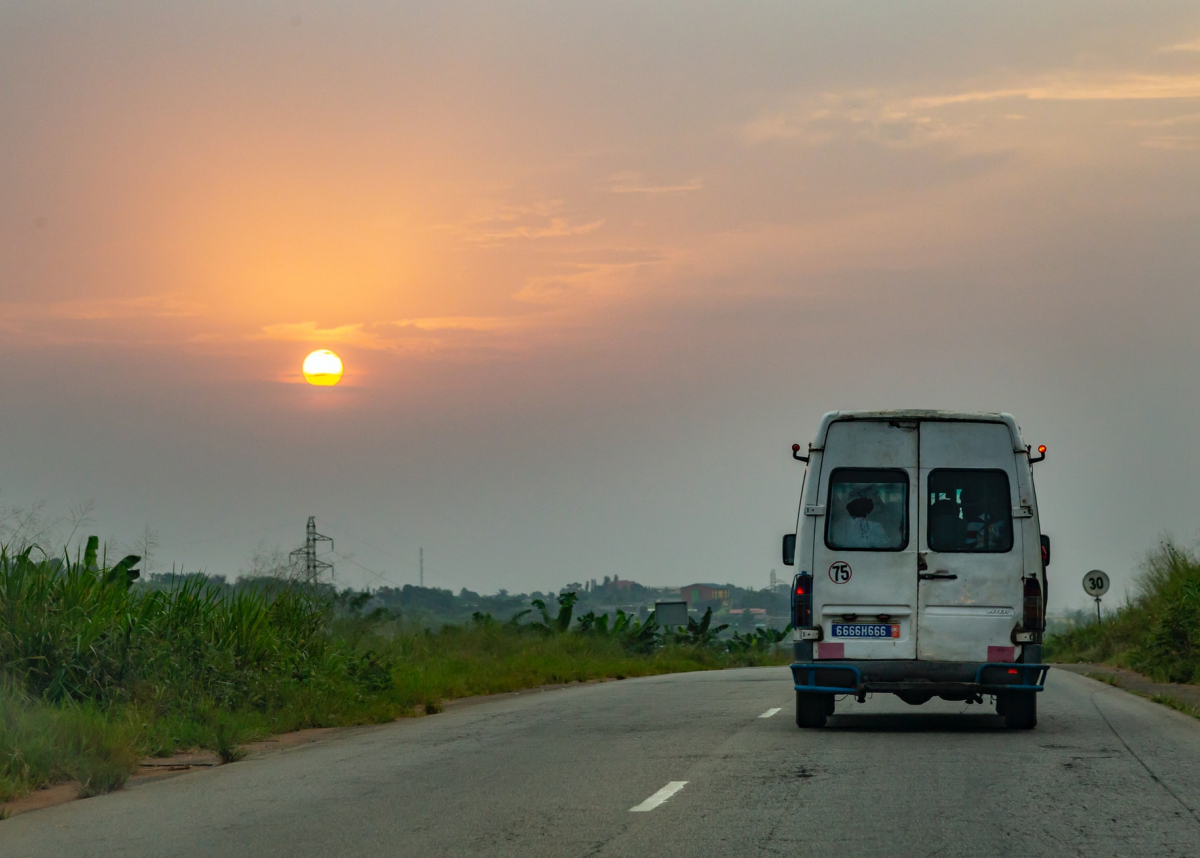
PEAK Urban researchers share insights on how city transport can recover more equitably and sustainably than before.

In my conversations with migrants in Delhi, as part of my PEAK Uran project, the city drain stands out as a notable object.
Shakuntala Devi, a Dalit woman who had migrated to Delhi in the1960s, emphasised the complex role of a city drain (nala) for the shanty settlement where she and her husband lived. This dirty drain was key in creating a stigmatized micro-spatiality in the city where they, like many others, could build their house. It was also an important source of water for their different occupations, including leather dyeing, human hair recycling, and plastic waste recycling, amongst others.
Many residents of this settlement were evicted by the government and relocated to a resettlement colony in the late 1970s. Reflecting upon their early lives in Delhi, many residents continue to invoke ‘the-life-near-the-drain’ as an important trope in their city accounts. The drain provided them an urban footing. Coming from a stigmatized caste group, engaged in stigmatized occupations, and inhabiting a stigmatized geography were key dimensions of Shakuntala’s difficult belonging in the city. The oral accounts that I collected reveal how city drains take intricate material and symbolic dimensions for marginalized social groups.
That’s what led me to ask: what role do city drains play in shaping the socio-spatial locations of the urban poor in Delhi? And how can we understand the complexities of the urban poor as socio-environmental subjects?

City drains are important in current discourses on environmental degradation, pollution, and climate change. Contemporary shanty settlements near drains highlight the emergent socio-material complexity of the urban poor. Their everyday life is marked by commensurability challenges posed by multiple interacting risks as well as the institutional interventions that attempt to address them.
On one hand, these settlements are exposed to disproportionally large environmental hazards (e.g. pollution, sanitation, water, and health risks). On the other, the interventions often used to address environmental hazards in the city pose a risk of exacerbating the insecurities of their fragile livelihoods, marginal land occupations, and socio-spatial relations. The urban poor’s everyday lives are shaped by how they inhabit and negotiate diverse risks.
Najafgarh drain is a key drain in Delhi. Many spots along this open drain are key sites where informal settlements have been built over the years. The dominant distaste for the space near the drain is shaped through health, hygiene, aesthetics, and cultural notions and concerns associated with the drain. It creates a stigmatized spatiality, and thus small pieces of lands (often belonging to various state departments) become integral for the urban margins’ livelihood and difficult dwellings.
In one such current settlement which I am studying, plastic expresses a tense existence. Recovering and recycling plastic and other valuables from the city’s waste is a key part of the local economy of the settlement. The recycling work has created an ecosystem of work and space dynamics. The workers in the settlement collect household solid waste from different neighbourhoods as well as from the local municipal dumps. The valuable recyclables are brought to the settlement where the space next to the drain is used to segregate it. The spatiality that the drain creates is important for this local informal economy.

The workers at the lower end of this recycling process in the city occupy a complicated socio-environmental position. The nature of hazardous work exposes them to numerous bodily risks. This work is considered dirty and thus further marginalizes them by exposing them to social and symbolic vulnerabilities. They also contribute important environmental labour in the city by reducing the amount of plastic reaching the landfill site or to be burned in the waste-to-energy plants. On the basis of this labour, they make claims to the city.
The regulations on plastic following pollution logic generate legal vulnerabilities impacting their livelihood. For instance, the land which became the key space for segregation belonged to the Irrigation and Flood Control department of the Delhi government, and thus the whole working area, including its numerous segregations sites and storerooms, was demolished and cleared recently following a drive to shut down plastics recycling units in non-conforming area. The local recycling dealers were fined hefty amounts. Some of them “ran away” to their native districts and other were served further notices for non-payment of fines.
For informal workers, the state’s act of care for the environment was expressed as an immediate loss of livelihood. It then led some of them to search for new spaces for their work, which was again done along the same drain. Their precarity was thus constituted through their intricate socio-environmental subject position navigating multiple risks. The emergent configurations of risks become important in shaping their urban present and future in the city.
The socio-material interface of the drain is crucial in assessing the intrinsic as well as emergent contradictions of urbanisation in an unequal society and the paradoxes posed by formal intentions. The meanings of dwelling next to a dirty city drain can reveal how environmental hazard relates to urban aspirations. Any attempt at understanding environmental issues within contemporary city-making thus requires a critical engagement with the complexities of interrelated vulnerabilities in the city.